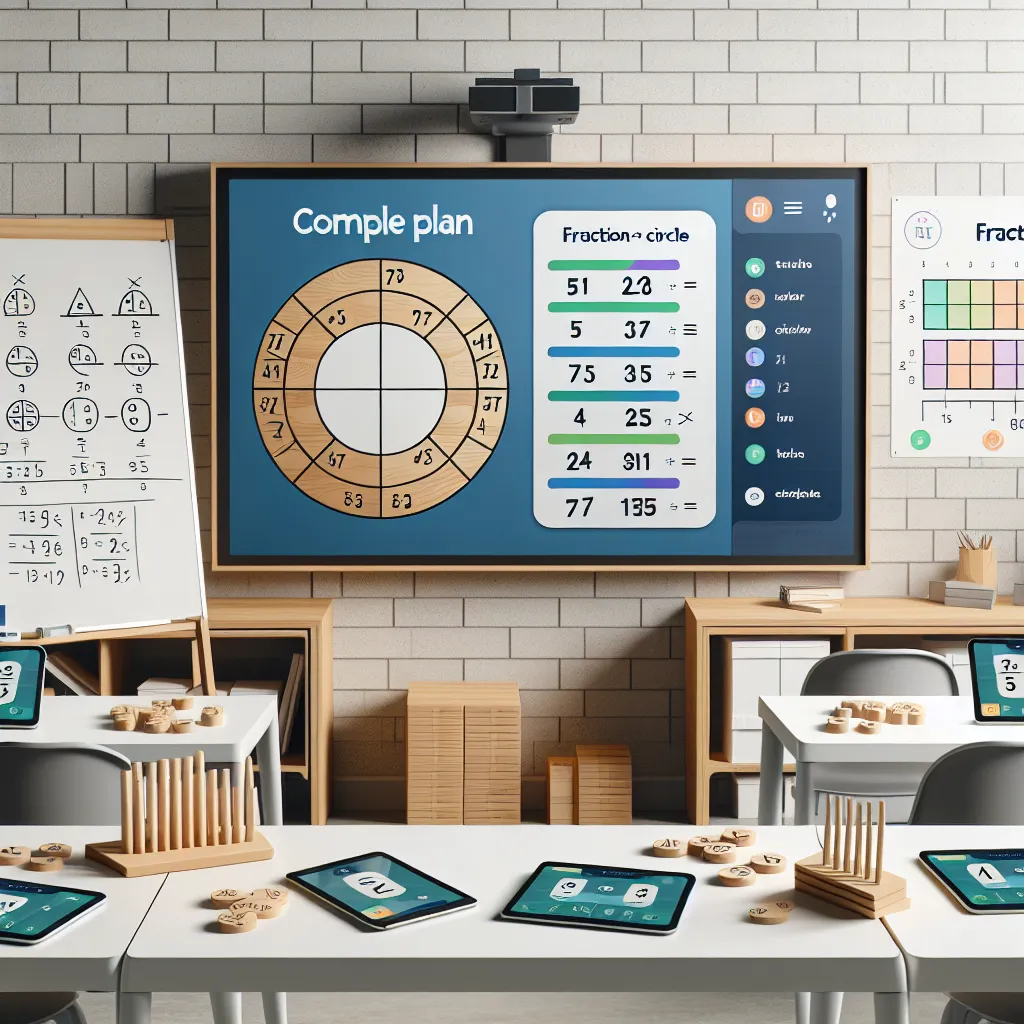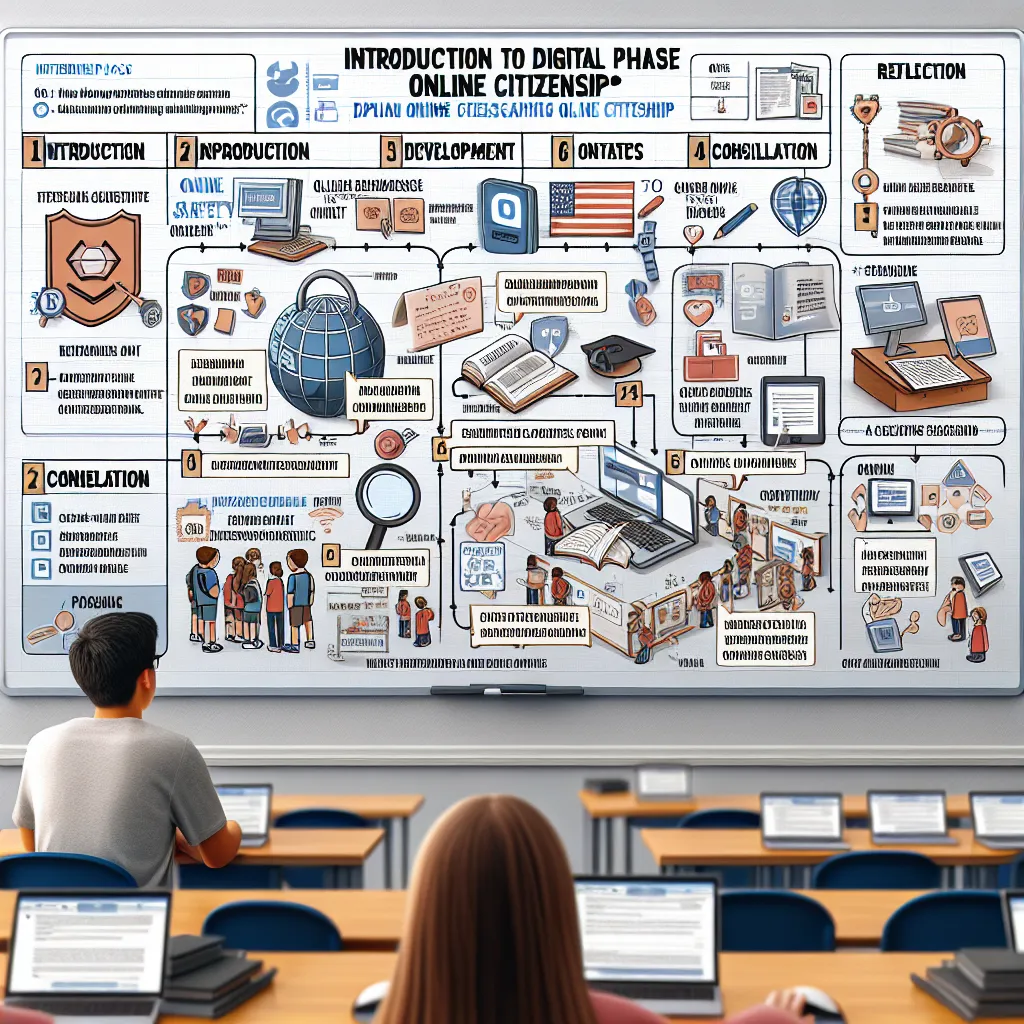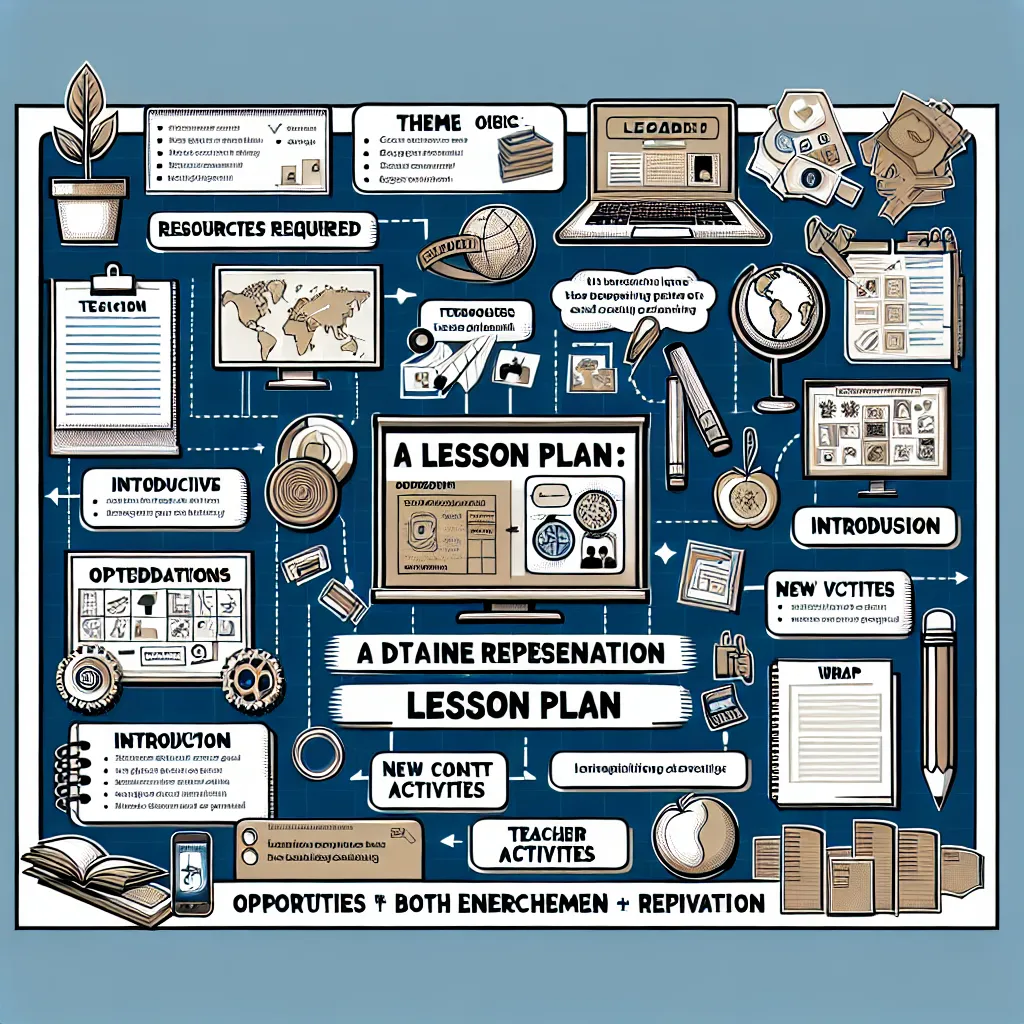Ask AI on The Internet
Question: LESSON PLAN TEMPLATE: Create a technology-integrated lesson for your specific phase (Foundation/Senior/Intermediate or FET) in a subject of your choice, by making use of the lesson plan template provided. Name and student number: Grade: 1 Lesson Topic Area 1 Lesson Sub-Topic 1 Duration of the lesson (in minutes): 1 Type of Lesson (Theory or Practical) 1 CAPS Page Number (Attach screenshot at the bottom end of lesson plan) 2 LTSM (s): (NB: This lesson should reflect on integrating ICT in the classroom) Min: Five (3) 6 Lesson aims (on different cognitive levels) At the end of the lesson the learner should be able to:10 Min: Five (5) Name, explain and motivate the teaching strategy you will follow and apply. 3 Name, explain and motivate the teaching method you will follow and apply. 3 Lesson phases Introduction that connects with prior knowledge and describes the purpose of the lesson Time: 4 Development of content and connect with prior knowledge. Time: 4 Consolidation Time: 4 Assessment during a lesson (Explain the activities for all the different phases (introduction, Development & Consolidation)) Min: Five (3) 6 Reflection: This is only done after you have presented the lesson. Reflect on teacher and learner activities. Were lesson aims reached? Was time sufficient? How will you adjust the lesson plan? Etc. 3 Section B: PowerPoint (30) Create 3 activities based on your lesson plan in section A on a PowerPoint. For this activity, after you have created your PowerPoint take screenshots or save your slides as pictures and upload them to a word document in chronological order. The following marks will be allocated: 1. Introduction phase activity (5) 2. Development phase activity (10) 3. Consolidation activity (5) PowerPoint Marks 4. Content (Subject-specific content) (3) 5. Organisation and clarity of PowerPoint (very well-planned and logical presentation) (3) 6. Visuals and imagery of slides (4) Section C: Short Essay (20) “The integration of ICTs in teaching and learning plays a vital role in learners’ success and prosperity in life (Ndlovu & Donavan, 2012). The use of ICTs in teaching and learning not only enhances learning but also prepares learners to work in an economy that has rich technological challenges.” Research on emerging technologies and write an essay of no more than 500 words describing the types of challenges that learners will face while working in an economy that has rich technological advancement. Keep your essay to South African context. Introduction (3) Body (12) At least 6 challenges are described. Conclusion (3) Language and Grammar (2)
### Lesson Plan Template #### Teacher's Information **Name and student number**: [Your Name and Student Number] **Grade**: 1 **Lesson Topic Area**: Introduction to Basic Shapes **Lesson Sub-Topic**: Identifying and Drawing Basic Shapes (Circle, Square, Triangle) **Duration of the Lesson**: 45 minutes **Type of Lesson**: Practical **CAPS Page Number**: [Attach screenshot at the bottom end of the lesson plan] #### LTSM (Learning and Teaching Support Materials): - Smartboard - Interactive Shapes Application (e.g., an educational app like ShapeMaker) - Tablets - Printable worksheets with shapes - Pencils and color pens #### Lesson Aims At the end of the lesson, the learner should be able to: 1. **Remember**: Identify the basic shapes (Circle, Square, Triangle) 2. **Understand**: Describe the properties of each shape (e.g., number of sides, round edges) 3. **Apply**: Use the tablet app to draw each shape 4. **Analyze**: Compare and contrast different shapes 5. **Create**: Draw a simple picture using a combination of learned shapes #### Teaching Strategy **Strategy**: Blended Learning **Explanation and Motivation**: Blended learning combines traditional classroom methods with modern digital tools. This strategy engages Grade 1 learners who are digital natives, making the learning experience interactive and fun. Using a smartboard for direct instruction and tablets for interactive activities ensures each child is actively participating. #### Teaching Method **Method**: Hands-on Learning **Explanation and Motivation**: Hands-on learning, where learners directly engage in creating shapes through both physical drawing and digital interfaces, improves retention and understanding of the subject matter. This method caters to various learning styles and keeps young learners engaged. ### Lesson Phases #### Introduction **Time**: 10 minutes - **Activity**: Start with a short video introduction on shapes using the smartboard. Follow with a brief discussion to connect with prior knowledge (e.g., asking if they have seen these shapes around them). #### Development **Time**: 25 minutes - **Activity**: 1. Direct instruction using the smartboard, showing how to draw each shape. 2. Use the interactive app on tablets for students to practice drawing each shape. 3. Group activity where learners identify shapes in the classroom. #### Consolidation **Time**: 10 minutes - **Activity**: Distribute printable worksheets where learners draw a picture using the learned shapes. Review and discuss their drawings in class. ### Assessment During Lesson #### Introduction Phase - **Activity**: Quick Q&A after the video to gauge prior knowledge. #### Development Phase - **Activity**: Monitor progress as students use the app and provide immediate feedback. #### Consolidation Phase - **Activity**: Collect worksheets and assess their understanding based on their ability to create pictures using shapes. ### Reflection **This section is filled out post-lesson.** Reflect on teacher and learner activities, evaluate if lesson aims were met, if time was sufficient, and note adjustments for future lessons. --- ### Section B: PowerPoint Activities **Create the following PowerPoint activities based on the lesson plan:** 1. **Introduction Phase Activity** (5): - A slide with a video on shapes. - A follow-up slide with questions connecting shapes to everyday objects. 2. **Development Phase Activity** (10): - Slides with step-by-step instructions on drawing shapes. - Interactive slides embedded with the ShapeMaker app where students can trace shapes. 3. **Consolidation Activity** (5): - Slides showing examples of pictures made using basic shapes. - A worksheet slide to print and instruct on drawing their shape-based pictures. ### Section C: Short Essay (20) **The integration of ICTs in teaching and learning plays a vital role in learners’ success and prosperity in life (Ndlovu & Donavan, 2012). The use of ICTs in teaching and learning not only enhances learning but also prepares learners to work in an economy that has rich technological challenges.** **Essay** **Introduction (3)** The technological landscape is rapidly evolving, and education must keep pace to prepare learners for future challenges. The integration of Information and Communication Technologies (ICTs) into teaching and learning is crucial, especially in a developing country like South Africa. This essay explores the types of challenges that learners will face while working in an economy rich in technological advancements. **Body (12)** 1. **Digital Divide**: One of the primary challenges is the digital divide. Many learners, especially in rural areas, lack access to necessary technologies and the internet. This inequity places them at a disadvantage in acquiring digital literacy skills essential for future jobs. 2. **Cybersecurity Risks**: As learners become more connected digitally, they face increased cybersecurity threats. Understanding and managing these risks requires sophisticated knowledge of cybersecurity protocols, which most learners are not currently equipped with. 3. **Rapid Technological Changes**: The pace of technological change means that the skills learners acquire today may quickly become obsolete. Continuous learning and adaptability are essential traits that South African learners need to develop to keep up with industry demands. 4. **Technological Unemployment**: Automation and AI are replacing many traditional jobs. Learners need to acquire advanced digital skills and focus on creative and analytical capabilities that machines cannot easily replicate. 5. **Critical Thinking and Problem Solving**: With vast amounts of information available at their fingertips, learners must develop strong critical thinking and problem-solving skills. They need to discern credible sources from unreliable ones and use information wisely. 6. **Global Competition**: South African learners will face stiff competition from their peers globally. Hence, there is a need for a robust education system that incorporates ICT to provide learners with a competitive edge. **Conclusion (3)** In conclusion, while ICT integration in education is vital for preparing South African learners for a technologically advanced economy, it also presents significant challenges such as the digital divide, cybersecurity risks, and the need for continuous learning. Addressing these challenges requires comprehensive strategies and reforms in the education system to ensure all learners are well-equipped for the future. **Language and Grammar (2)** --- **Proof and Attachments**: 1. Include necessary screenshots of the CAPS page used. 2. Attach your PowerPoint slides screenshots in a Word document. 3. Proof of the reflection post-lesson execution. This structured lesson plan aims to integrate technology effectively while preparing Grade 1 learners to understand and create basic shapes through a blend of interactive activities and traditional learning methods.
Think your answer is better than the AI's? Post it below.
Question Tags
If you want your question answered by an AI, click here.
![## Lesson Plan Template
### Name and Student Number:
[Your Name]
[Your Student Number]
### Grade:
1
### Lesson Topic Area:
Animals
### Lesson Sub-Topic:
Bears
### Duration of the Lesson (in minutes):
40
### Type of Lesson (Theory or Practical):
Practical
### CAPS Page Number:
[Insert CAPS Page Number Here]
### LTSM(s):
- Tablets/Laptops for research
- Interactive Whiteboard
- Educational Videos about bears
### Lesson Aims:
1. Identify different t](https://theinternetioimages-f2htc2ggcrath6d7.z01.azurefd.net/$web/askai/4c9d893e-12c7-49e5-9a4b-936850393992.webp)






Post your own comment: